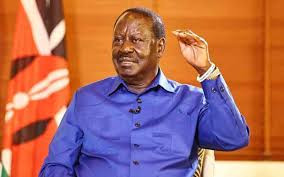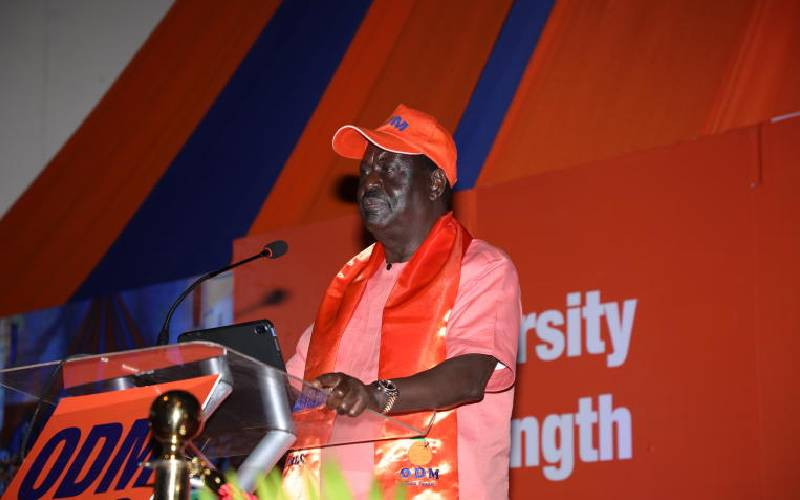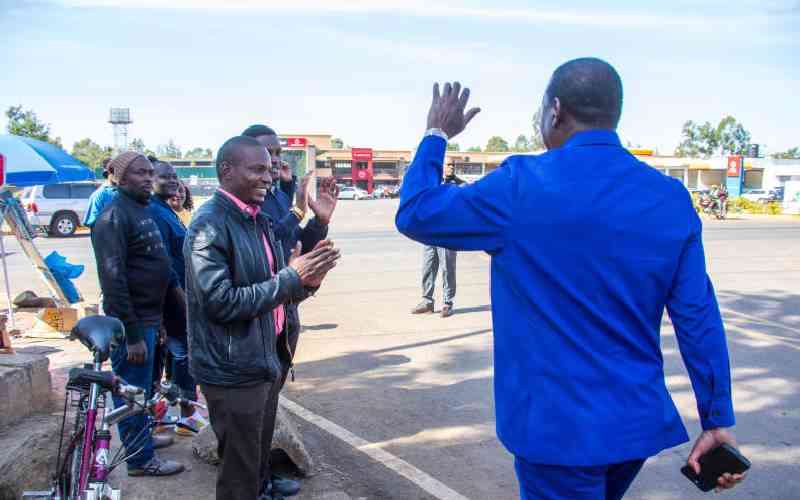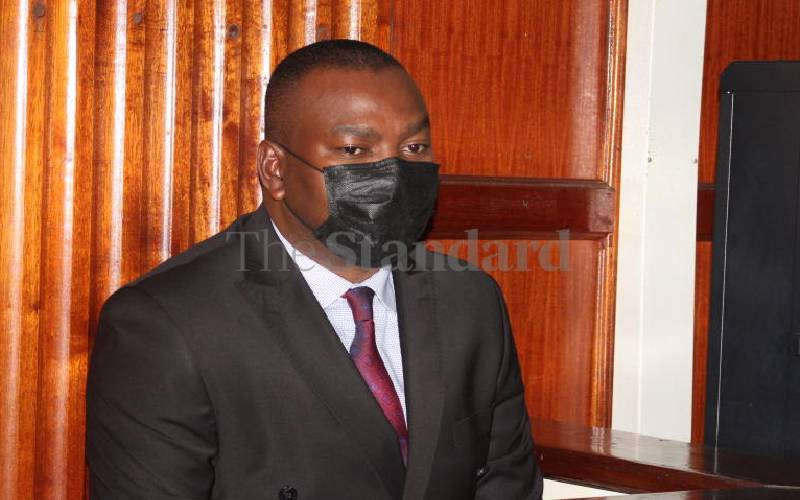The drumbeats for an impending referendum to change the Constitution are getting ever louder. Trial balloons from senior politicians allied to President Uhuru Kenyatta and Prime Minister Raila Odinga suggest that the referendum will create new state office positions to accommodate major ethnic groups. This scheme, most believe, is in part designed to deny Deputy President William Ruto the presidency come 2022.
Of course, all this could be hearsay. Or an elaborate ploy by Kenyatta’s camp to keep Raila distracted and to cool political temperatures as he works on securing his legacy after two terms in office. However, reactions to events by Ruto and those allied to him suggest that Kenyatta’s dalliance with Raila has come at his political expense. This has manifested itself as opposition to the Building Bridges Initiative.
This raises the question: can Ruto beat a Kenyatta-Raila alliance? If history is your guide, the simple answer to this question is no. This alliance structure would essentially replicate the independence election in which Kanu handily beat Kadu. Despite being a lame duck, Kenyatta could still marshal support among his core political constituency in Central and Rift Valley regions. He also has incumbency advantage, and can use the State House bully pulpit to set the tone of the electoral contest and use state resources to buy popular support. Raila has the national political appeal well beyond his core base, especially within the NASA’s core – parts of Nyanza, Western, and Coast regions. On paper, Kenyatta-Raila would be unbeatable.
But 1963 was 55 years ago. First, there is a distinct possibility that the core constituencies of Messrs. Kenyatta and Raila will judge them harshly come 2022. NASA counties are not paragons of governance – most of them are saddled with governances that were chosen by their respective parties and who has done precious little to improve the lives of voters. The national government is not different – corruption and high incompetence are the order of the day. Under the circumstances, full-hearted support for the Kenyatta-Raila alliance may not be forthcoming come 2022. Just look at Migori and Kiambu as examples. Second, Kenyatta and Raila have a history of never doing their political homework. This is in contrast to Ruto, who is arguably Kenya’s most hardworking political campaigner. On this account, Ruto could strategically outflank the two.
Third, if Ruto is savvy, he could cast himself as the outsider coming in to exorcise Kenya’s dual problems of political and economic under-development. Some may say that his image is already baked in as far as voters’ perception is concerned. But three years is an eternity in politics. He could yet rebrand as the champion of the downtrodden across Kenya. The last true populist was J M Kariuki. He was corrupt. He was wealthy. And he was up against a popular founding president. Yet he managed to convince Kenyans, from Nyandarua and beyond, that he was the voice of the voiceless.
Is Kenya ready for a people’s populist? May be. At the moment the biggest impediment to populist politics in Kenya is political ethnicity. Yet Nairobi and Kiambu show that populism can transcend ethnicity. A genuinely populist agenda – packed with programmatic policies for the poor (Latin America style) can win votes in Kenya. Ultimately, if Ruto is to win in 2022 he has to go beyond the elite-focused transactional politics and his fixation with handout politics at Harambees.
Instead, he must pivot to genuinely populist programmatic policies that powered Latin America’s populists of the last decade. This is his chance to demonstrate that he is a serious president-in-waiting. Otherwise, he will face insurmountable odds.
- The writer is an Assistant Professor at Georgetown University
 The Standard Group Plc is a
multi-media organization with investments in media platforms spanning newspaper
print operations, television, radio broadcasting, digital and online services. The
Standard Group is recognized as a leading multi-media house in Kenya with a key
influence in matters of national and international interest.
The Standard Group Plc is a
multi-media organization with investments in media platforms spanning newspaper
print operations, television, radio broadcasting, digital and online services. The
Standard Group is recognized as a leading multi-media house in Kenya with a key
influence in matters of national and international interest.
 The Standard Group Plc is a
multi-media organization with investments in media platforms spanning newspaper
print operations, television, radio broadcasting, digital and online services. The
Standard Group is recognized as a leading multi-media house in Kenya with a key
influence in matters of national and international interest.
The Standard Group Plc is a
multi-media organization with investments in media platforms spanning newspaper
print operations, television, radio broadcasting, digital and online services. The
Standard Group is recognized as a leading multi-media house in Kenya with a key
influence in matters of national and international interest.









